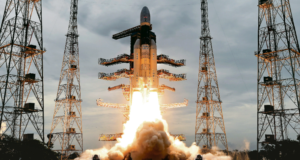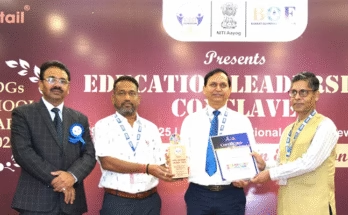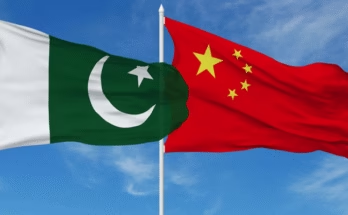 RNS: Chandrayaan-3, India’s third mission to the moon, launched successfully from the Satish Dhawan Space Centre in Sriharikota, Andhra Pradesh. This milestone marks a significant advancement in India’s space exploration, following its initial moon mission in 2008.
RNS: Chandrayaan-3, India’s third mission to the moon, launched successfully from the Satish Dhawan Space Centre in Sriharikota, Andhra Pradesh. This milestone marks a significant advancement in India’s space exploration, following its initial moon mission in 2008.
The mission aims to demonstrate the Indian Space Research Organisation’s (ISRO) ability to execute a soft landing on the lunar surface. The lander, named Vikram, will be accompanied by the rover Pragyan, as it embarks on a journey to the moon’s south pole.
Chandrayaan-3’s primary objective is to validate ISRO’s proficiency in achieving a controlled landing on the moon. Additionally, the mission carries several crucial payloads designed to gather valuable data about the lunar terrain.
The anticipated landing of Chandrayaan-3 is scheduled for August 23-24, after a 42-day voyage. This date selection considers the availability of sunlight on the moon, as there are periods when the south pole remains devoid of sunlight, hindering the lander’s solar panels from charging. In the event of a delay, the landing will be rescheduled for September.
Once successful, Chandrayaan-3 will make India the fourth nation, following the United States, China, and Russia, to accomplish a spacecraft landing on the moon’s surface. This achievement will showcase India’s capability for secure and soft landings on lunar terrain. Weighing approximately 3,900 kilograms, the mission comprises a lander, a rover, and a propulsion module.
The launch occurred precisely at 2:35 hours and 17 seconds from the second launch pad of the Satish Dhawan Space Centre.
Notably, around 54 female engineers and scientists from various ISRO centers were directly involved in the Chandrayaan-3 mission. They served as associate and deputy project directors, as well as project managers for different systems. While similarities exist between Chandrayaan-2 and Chandrayaan-3 regarding the goal of achieving a soft landing and conducting chemical experiments with the rover, there are differences in lander specifications, payload experiments, and other aspects between the two missions.
The propulsion module includes a payload to conduct precise metric measurements of Earth from the lunar surface. The lander’s payloads are designed to measure thermal conductivity, temperature, and seismic activity in the landing area.
Furthermore, the mission accommodates a passive laser retro-reflector array from NASA for lunar laser ranging studies. The rover will carry two small devices to analyze the elemental composition of the landing site.
The Prime Minister, Narendra Modi has hailed the relentless dedication of India’s scientists on the launch of Chandrayaan-3.
Sharing a tweet by Indian Space Research Organisations, the Prime Minister tweeted;
“Chandrayaan-3 scripts a new chapter in India’s space odyssey. It soars high, elevating the dreams and ambitions of every Indian. This momentous achievement is a testament to our scientists’ relentless dedication. I salute their spirit and ingenuity!”



